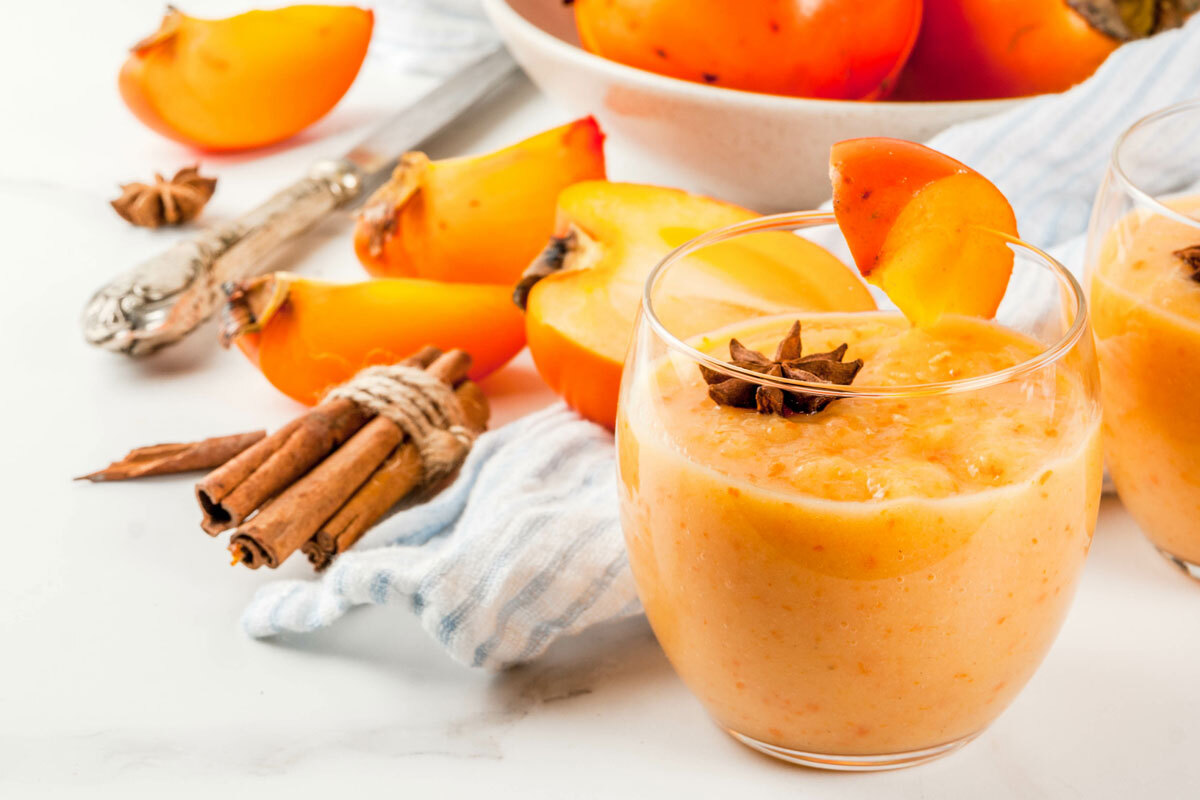Luscious hot-smoked salmon is a specialty of the island of Tasmania, an offshore Australian state. A bit of wasabi gives these colorful rolls a “devilish” flavor profile. If you prefer, replace the edamame spread with a schmear of cream cheese mixed with wasabi paste. A mandoline is a handy tool for slicing the cukes.
Ingredients
For the edamame wasabi spread:
- 1 cup fresh or frozen shelled edamame
- 1/4 cup cold water
- 3 tablespoons extra virgin olive oil
- 2 tablespoons freshly squeezed lime juice, or more to taste
- 1 tablespoon chopped fresh cilantro or parsley
- 2 teaspoons wasabi powder mixed with 1 teaspoon water
- 1/2 teaspoon sea salt, or more to taste
To assemble the rolls:
- 8 sheets of nori (dried seaweed)
- 1 cup edamame wasabi spread
- 8 ounces of smoked wild salmon
- Sixteen 1/4-inch slices of English cucumber, cut lengthwise
- 16 thin strips stemmed and seeded red bell pepper
- 16 slices ripe but rm avocado (about 2 large, pitted and peeled)
- 24 fresh mint leaves
- 24 fresh cilantro leaves
- White or black sesame seeds, for garnish (optional)
Directions
Step 1
Make the edamame wasabi spread: Put the edamame, sea salt, water, olive oil, lime juice, cilantro, and wasabi paste in a small food processor and process until smooth. Add more lime juice, salt, or wasabi, if needed; you want well-balanced flavors.
Step 2
Place a sheet of nori on a work surface with the rough side facing up. Carefully spread 2 tablespoons of the edamame wasabi mixture over the nori, leaving 1 1/2 inches bare along the bottom edge of the nori (the edge facing you) and 1/2 inch bare along the top edge.
Step 3
Place 2 pieces each of the salmon, cucumber, bell pepper, and avocado about 1 1/2 inches from the bottom edge. Top with 3 mint leaves and 3 cilantro leaves. Starting with the bare edge, roll the nori around the fillings, pressing gently to make a compact roll. Run a water-moistened finger along the inside edge of the nori and press gently so it adheres to the roll.
Step 4
Repeat with the remaining ingredients. Cut each roll into 8 pieces using a sharp serrated knife. Sprinkle the cut sides with sesame seeds, if desired. Can be made several hours ahead.
Serves 8 — Recipe adapted from drweil.com




